Water bears, or tardigrades as they are scientifically known, are some of the hardiest microorganisms that exist on our planet. Annihilating them is no simple feat. These enigmatic entities – also referred to as moss piglets – perpetually puzzle scientists, whose research could have considerable future ramifications. Understanding the durability and near otherworldly abilities of these water bears could potentially pave the way for innovative technologies being developed by scientists. Ready to get acquainted with these charming, plump little creatures? Here are 25 Amazing Facts About Water Bears That Will Leave You Stunned.
They're tiny. They range in size from .002 to .05 inches but don't get much bigger than .04 inches.
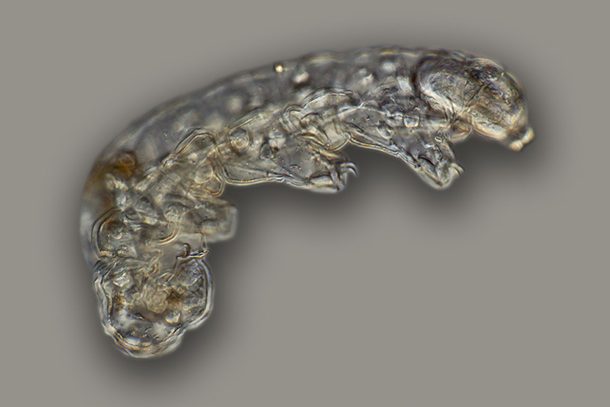 Source: https://www.livescience.com/57985-tardigrade-facts.html
Source: https://www.livescience.com/57985-tardigrade-facts.html They have 8 legs with 4 to 8 claws attached to each and were originally named "kleiner Wasserbär," meaning little water bear.
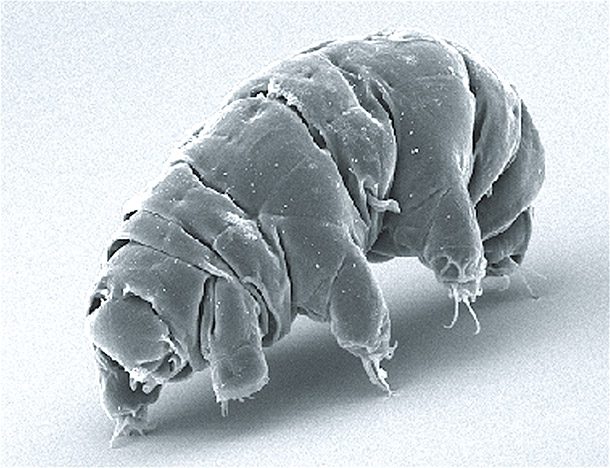 Source: https://steemit.com/steemstem/@katerinaramm/let-s-meet-tardigrate-the-survivor-amazing-creatures-of-the-deep-series
Source: https://steemit.com/steemstem/@katerinaramm/let-s-meet-tardigrate-the-survivor-amazing-creatures-of-the-deep-series They've been around for a long time...600 million years to be exact. That makes them significantly older than the dinosaurs that first appeared 230 million years ago.
 Source: http://mentalfloss.com/article/71380/7-tough-facts-about-tardigrades
Source: http://mentalfloss.com/article/71380/7-tough-facts-about-tardigrades Food is not exactly a major requirement for water bears. If it wants to, it can go without a good meal for over a decade.
 Source: http://www.businessinsider.com/tardigrades-facts-water-bear-science-outer-space-2017-10
Source: http://www.businessinsider.com/tardigrades-facts-water-bear-science-outer-space-2017-10 Water bears can survive water pressure six times greater than the ocean floor and can live through being boiled in alcohol.
 Source: http://bioweb.uwlax.edu/bio203/s2008/shifflet_bran/WhatElse.htm
Source: http://bioweb.uwlax.edu/bio203/s2008/shifflet_bran/WhatElse.htm They can virtually live in any environment. Astronauts released them in space unprotected for weeks and they survived.
 Source: http://www.businessinsider.com/tardigrades-facts-water-bear-science-outer-space-2017-10
Source: http://www.businessinsider.com/tardigrades-facts-water-bear-science-outer-space-2017-10 While they can endure extreme environments and are pretty much indestructible, they prefer to live in water and damp places, like underneath a lake bed or on moist moss.
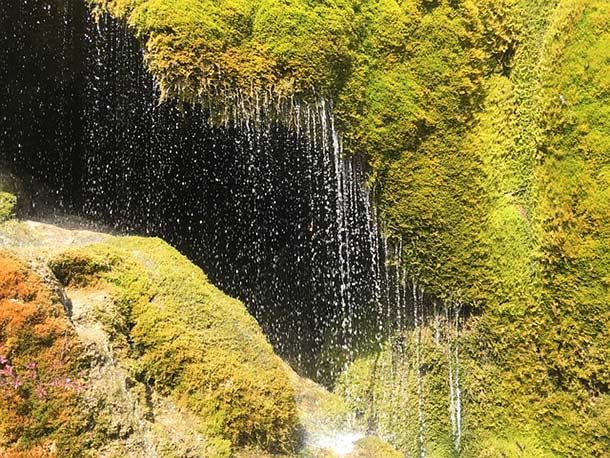 Source: http://mentalfloss.com/article/71380/7-tough-facts-about-tardigrades
Source: http://mentalfloss.com/article/71380/7-tough-facts-about-tardigrades Put to the test, scientists discovered water bears can withstand temperatures of minus 328 Fahrenheit (-200 Celsius) and 300 Fahrenheit (148.9 Celsius).
 Source: https://www.livescience.com/57985-tardigrade-facts.html
Source: https://www.livescience.com/57985-tardigrade-facts.html They can endure high doses of radiation. Scientists exposed them to 1000 times the radiation it takes to kill a human for them to finally die.
 Source: http://www.ncbi.nlm.nih.gov/pubmed/17178624
Source: http://www.ncbi.nlm.nih.gov/pubmed/17178624 The superpower that allows them to withstand pretty much anything is called "Cryptobiosis." They can shut down their metabolism to .01 percent and practically play dead, making them almost indestructible.
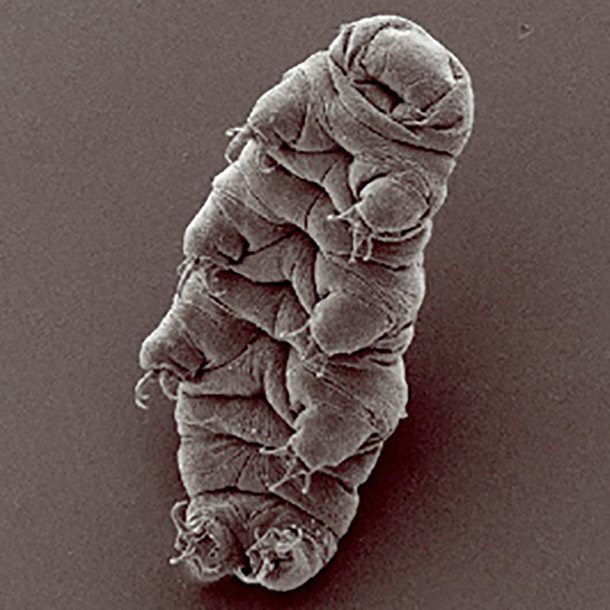 Source: http://mentalfloss.com/article/71380/7-tough-facts-about-tardigrades
Source: http://mentalfloss.com/article/71380/7-tough-facts-about-tardigrades Some have theorized they might not be from Earth. In a process call panspermia, extraterrestrial organisms come here riding on a comet. Since tardigrades can withstand extreme environments, it makes sense they could have come here from someplace else.
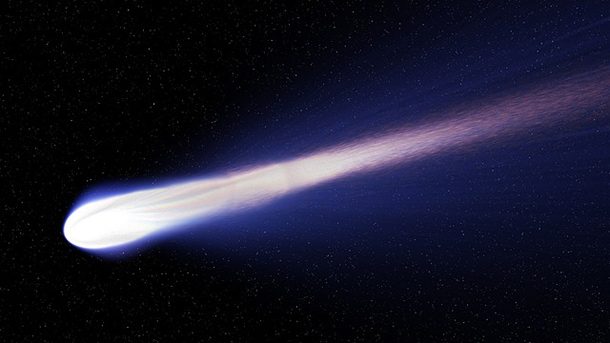 Source: https://www.space.com/5843-legged-space-survivor-panspermia-life.html
Source: https://www.space.com/5843-legged-space-survivor-panspermia-life.html Because of their ability to withstand high level of radiation, scientists have begun using their protective protein to help guard humans from radiation.
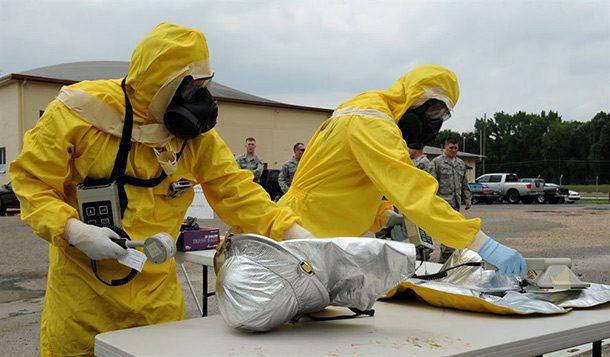 Source: https://www.nature.com/articles/ncomms12808
Source: https://www.nature.com/articles/ncomms12808 Tardigrades are not all the same. Scientists have studied over 1,000 different species and believe there could be ten times that many.
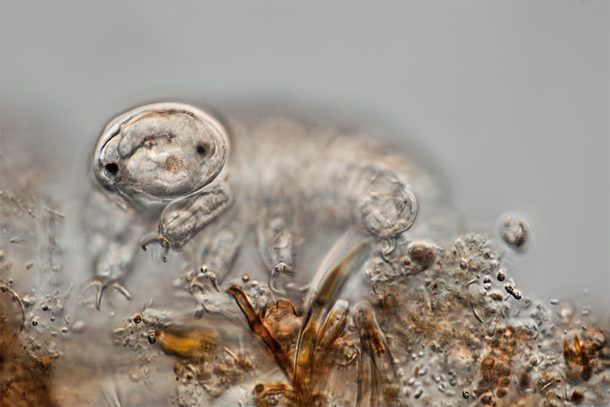 Source: http://www.tardigrada.net/newsletter/tardigrades.htm
Source: http://www.tardigrada.net/newsletter/tardigrades.htm Scientists believe that if a catastrophic event were to occur on Earth, Tardigrades would likely survive it and carry on.
 Source: https://www.sportdiver.com/tardigrades-facts-about-nearly-indestructible-water-bear#page-3
Source: https://www.sportdiver.com/tardigrades-facts-about-nearly-indestructible-water-bear#page-3 Tardigrades form a shape called a "tun" after being removed from water and dried out. In this pill shape, they release antifreeze and trehalose to protect their bodies. Scientists have been trying to copy the process to protect other delicate tissue like sperm and eggs.
 Source: https://www.vox.com/science-and-health/2018/2/8/16991280/tardigrade-facts-waterbear-explained
Source: https://www.vox.com/science-and-health/2018/2/8/16991280/tardigrade-facts-waterbear-explained While most water bears feed on the cells of planets, some of the species are predatory carnivores.
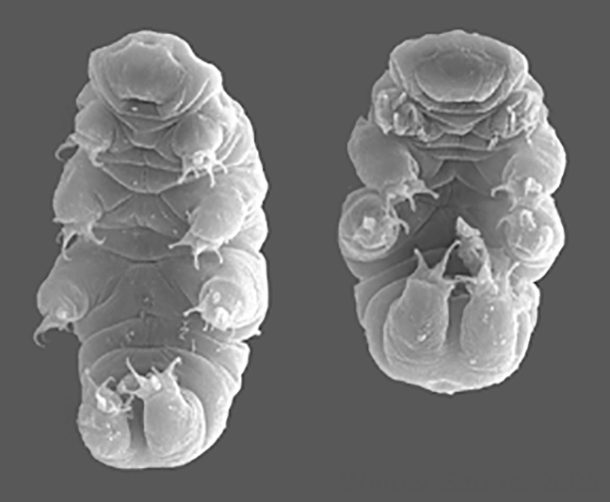 Source: https://www.britannica.com/animal/tardigrade
Source: https://www.britannica.com/animal/tardigrade Though small, they are quite dangerous and deadly for their size. They have sharp, dagger-like teeth that they use to attack their prey.
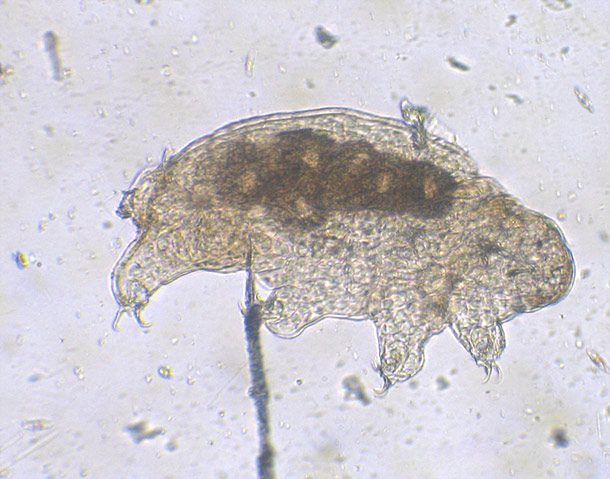 Source: https://www.hexapolis.com/2016/01/06/7-facts-you-should-know-about-the-tardigrade-natures-super-animal/
Source: https://www.hexapolis.com/2016/01/06/7-facts-you-should-know-about-the-tardigrade-natures-super-animal/ A study in 2016 published in Journal of Zoological Systems and Evolutionary Research detailed the water bear's mating habits. They discovered they have sex for an hour.
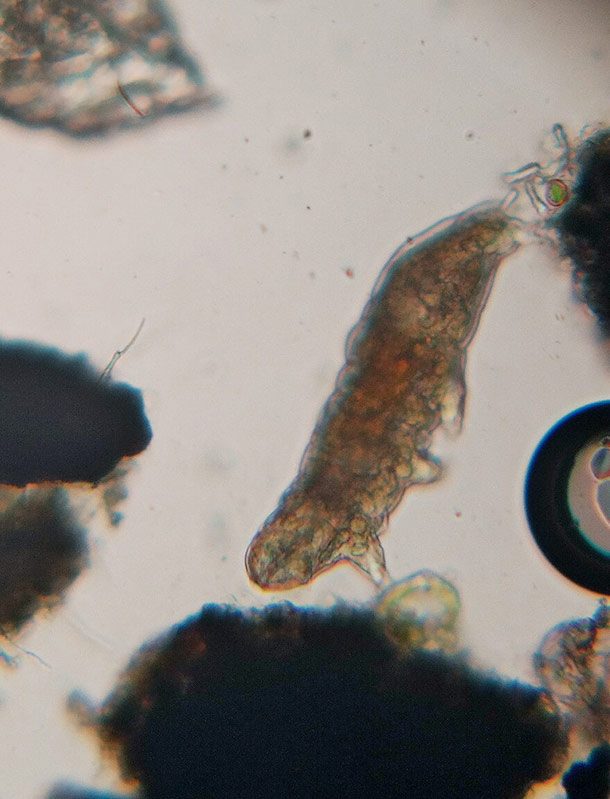 Source: https://www.vox.com/science-and-health/2018/2/8/16991280/tardigrade-facts-waterbear-explained
Source: https://www.vox.com/science-and-health/2018/2/8/16991280/tardigrade-facts-waterbear-explained Some species of female water bears don't need to have sex with males to reproduce. In a process called parthenogenesis, she can secrete her DNA information directly into one of her eggs.
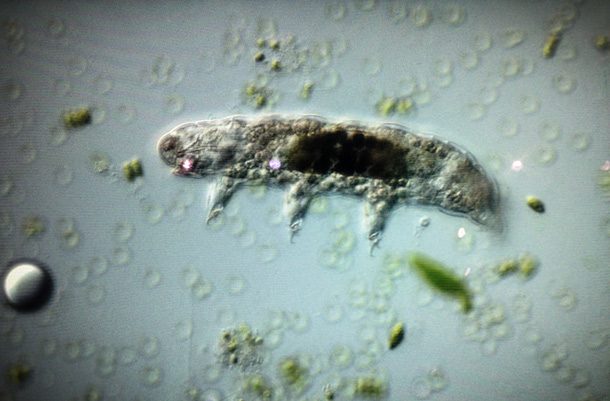 Source: https://www.livescience.com/61148-baby-tardigrade-development.html
Source: https://www.livescience.com/61148-baby-tardigrade-development.html We've known about water bears for a long time. They were first discovered in 1773 by German pastor, Johann August Ephraim Goeze.
 Source: https://www.livescience.com/57985-tardigrade-facts.html
Source: https://www.livescience.com/57985-tardigrade-facts.html Not only can they defend against heavy radiation, they can repair their damaged DNA after being exposed to it.
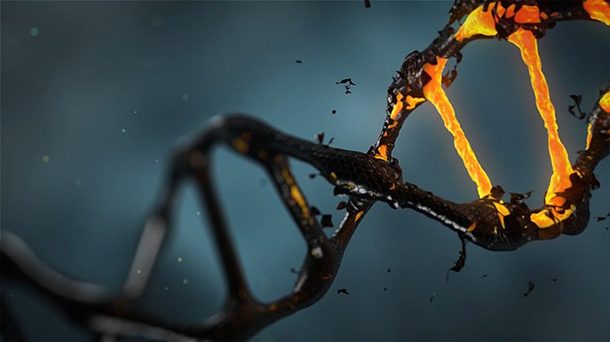 Source: http://journals.plos.org/plosone/article?id=10.1371/journal.pone.0064793
Source: http://journals.plos.org/plosone/article?id=10.1371/journal.pone.0064793 Because of their hardiness, water bears have been known to create entirely new ecosystems. For instance, after a volcano erupts and the lava destroys the surrounding area, water bears will colonize the dead area, feeding on microbes.
 Source: https://www.vox.com/science-and-health/2018/2/8/16991280/tardigrade-facts-waterbear-explained
Source: https://www.vox.com/science-and-health/2018/2/8/16991280/tardigrade-facts-waterbear-explained Tardigrade babies have adult cells at birth. Their cells don't divide but rather grow in size.
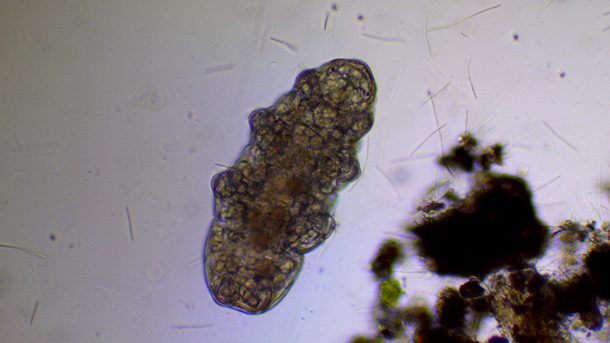 Source: http://factslegend.org/20-interesting-tardigrade-facts/
Source: http://factslegend.org/20-interesting-tardigrade-facts/ Tardigrades have the most foreign DNA of any animal on the planet, many of which are from plants, bacteria, and fungi. They're capable of stealing this DNA to survive.
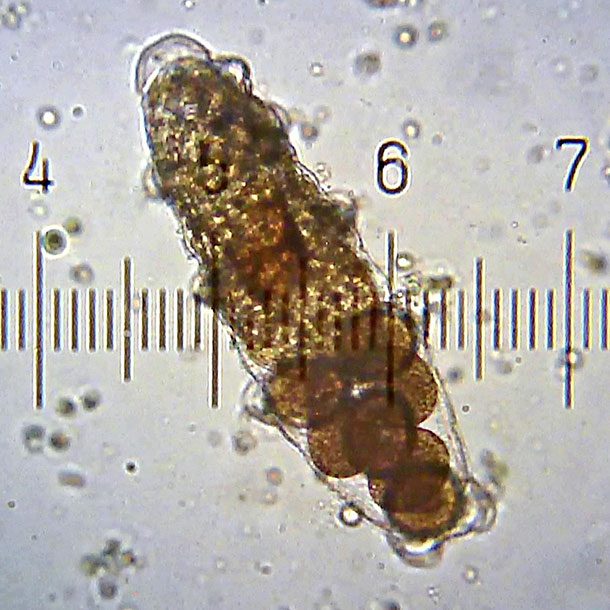 Source: https://www.smithsonianmag.com/science-nature/water-bears-tardigrades-master-dna-thieves-animal-world-180957371/
Source: https://www.smithsonianmag.com/science-nature/water-bears-tardigrades-master-dna-thieves-animal-world-180957371/ They can turn into a powerful glass to combat dehydration. Scientists believe unlocking this capability could help improve electronic devices.
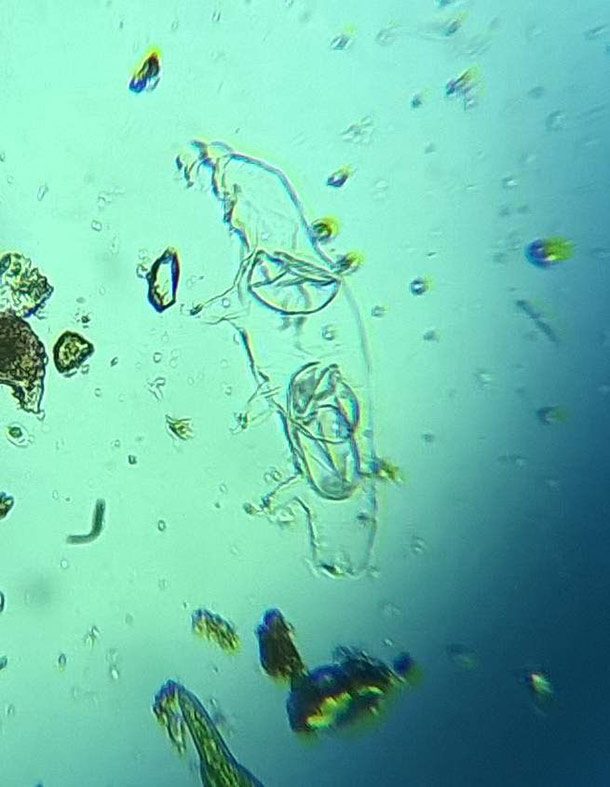 Source: https://www.hexapolis.com/2016/01/06/7-facts-you-should-know-about-the-tardigrade-natures-super-animal/
Source: https://www.hexapolis.com/2016/01/06/7-facts-you-should-know-about-the-tardigrade-natures-super-animal/ 


























